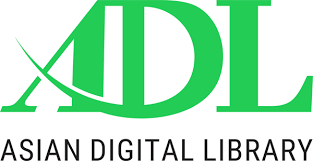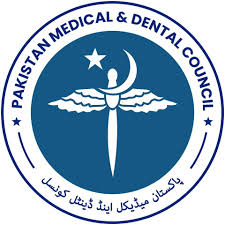Letter to Editor "Barret’s Esophagus Screening: An Inevitable Urge For Gastroenterologists"
DOI:
https://doi.org/10.37018/XNFQ2305Abstract
The presence of benign esophageal diseases including gastroesophageal reflux disease, barrets esophagus,hiatal hernia and achalasia have been arousing the curiosity of young clinicians , scientists and researchers for decades and years to follow.1 Dyspepsia is one of the most common symptoms experienced by the patients and witnessed by the doctors during routine clinical consultations. This does accompany regurgitation of food, bad taste in mouth early morning, chest pain and sometimes alarm symptoms including hematemesis, malena, unintentional weight loss and dysphagia.That is the point where one has to rethink and diagnosis treatment strategies and review patients accordingly.2
Barrett’s oesophagus is defined as ‘an oesophagus in which any portion of the normal squamous lining has been replaced by metaplastic columnar epithelium. Barrets esophagus is a benign condition with a potential to transform to oesophageal carcinoma.3 There is a long history gastroesopheal reflux disease symptoms. In our country there is a trend of self medicating oneself before coming to any physician in the general practice who also treats the patients for years before referral to gastroenterologist who can think out of the box and do invasive investigations like endoscopy, CT chest and non invasive one like barium swallow. Most of the people ponder over when is right moment for screening the patients for Barrets esophagus and Esophageal Cancer Screening. A lot depends on the biopsy report and its findings in terms of having low grade, indefinite for dysplasia and high grade dysplasia.4
Low grade dysplasia in terms of surveillance carries less significance in which the guidelines suggest the time interval can be enhanced to 2-3 years in case of permanent regression with proton pump inhibitors given for 8 weeks The high grade dysplasia is an alarm finding for any gastroenterologist requirement more aggressive screening and management as there is a 30-40% risk of oesophageal carcinoma.5 This will need discussion by multidisciplinary teams including gastroenterologists, oncologists and pathologists as well.5
There is usage of proton pump inhibitors for years by the patients that is itself a risk factor for complications such as atrophic gastritis, pernicious anaemia, osteoporosis and even cancer.6 The resistance of symptoms to standard and even high doses of proton pump inhibitors is an indication for endoscopy as well. The role of PPI in asymptomatic patients is not substantiated by enough evidence in the literature However, in clinical practice, most patients are advised long term PPI based on the premise that chronic acid exposure may contribute towards Barrett’s Esophagus.6 So the bottom line is that there should be no hesitation in expediting the referral of such patients for urgent gastroenterology consultation who may do subsequent endoscopy after thorough examination of the patients.
American Gastroenterological Association has strong recommendations for screening for Barrett oesophagus in patients older than 50 years with symptomatic GERD and at least one additional risk factor for oesophageal adenocarcinoma.7 Almost similar guidelines have been formulated by other reputed societies as well including British Society Of Gastroenterology. There is a phobia of endoscopies in general public and they are reluctant to do them. But once the indication is clear then the patient should be counselled thorough as in case of oesophageal cancer for which a Barrets Oesophagus is a risk factor, early diagnosis is the key as surgery is curative. Indeed it is and should be irresistible urge for gastroenterologists to screen such patients.7
Additional Files
Published
How to Cite
Issue
Section
License
The Journal of Fatima Jinnah Medical University follows the Attribution Creative Commons-Non commercial (CC BY-NC) license which allows the users to copy and redistribute the material in any medium or format, remix, transform and build upon the material. The users must give credit to the source and indicate, provide a link to the license, and indicate if changes were made. However, the CC By-NC license restricts the use of material for commercial purposes. For further details about the license please check the Creative Commons website. The editorial board of JFJMU strives hard for the authenticity and accuracy of the material published in the journal. However, findings and statements are views of the authors and do not necessarily represent views of the Editorial Board.

















